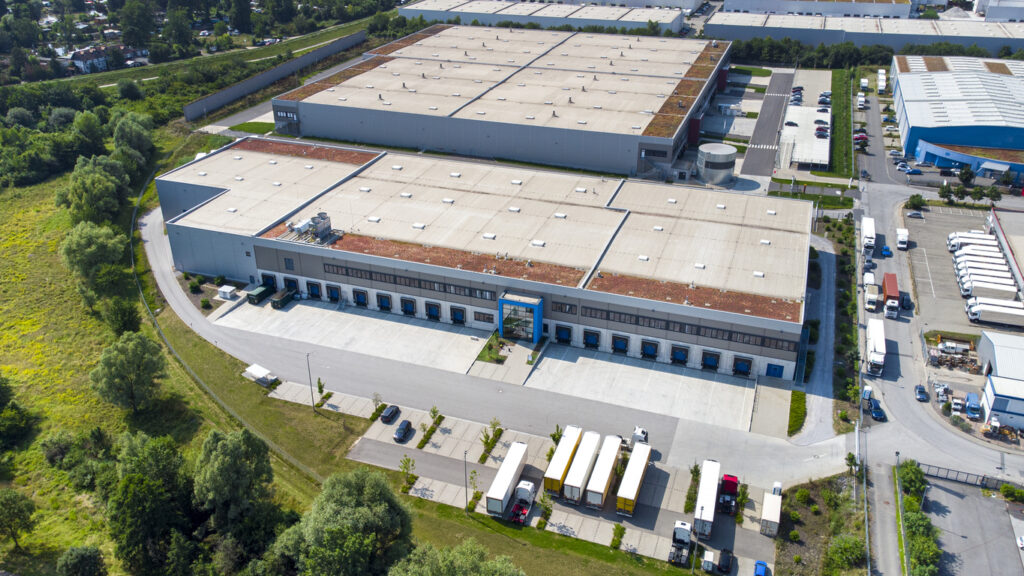Roofing systems play a critical role in protecting buildings from the elements, but over time, they can deteriorate due to various factors such as moisture intrusion, structural defects, and material degradation. To ensure the integrity and longevity of roofing systems, advanced testing techniques are employed by forensic roof testing experts. In this blog, we delve into the scientific details of advanced forensic roof testing methods, including delamination, desaturation, water column testing, and more.
Delamination Testing
Delamination testing utilizes advanced technology and methodologies to assess the structural integrity of roofing materials. One common technique is core sampling, where small samples or cores are extracted from the roofing material layers for analysis. These samples are carefully examined to detect any signs of separation or weakening between the layers. Additionally, non-destructive testing methods such as infrared imaging and acoustic testing can also be employed to evaluate the bonding between layers without causing damage to the roofing system.
By employing these advanced testing techniques, roofers can accurately assess the extent of delamination within the roofing system. Early detection allows for timely intervention to reinforce the bonding between layers and prevent further deterioration. This proactive approach helps to maintain the structural integrity of the roof and prolong its lifespan, ultimately saving time and costs associated with extensive repairs or replacement.
Desaturation Testing
Desaturation testing is a sophisticated process designed to mimic real-world moisture conditions and assess how roofing materials respond to moisture absorption. During desaturation testing, roofing samples are exposed to controlled levels of moisture, simulating the effects of humidity and rainfall. By subjecting the materials to these simulated conditions, roofers can accurately evaluate their resistance to moisture penetration.
The testing process involves carefully monitoring the weight and moisture content of the roofing samples before, during, and after exposure to moisture. This allows for precise measurements of the materials’ absorption rates and how they change over time. By analyzing these data points, roofers can identify areas of vulnerability where moisture intrusion is more likely to occur.
Desaturation testing provides valuable insights into the performance of roofing materials under moisture stress. It helps identify potential weak points in the roofing system, such as seams, joints, or areas with compromised waterproofing. Armed with this information, roofers can take proactive measures to reinforce vulnerable areas and enhance the overall moisture resistance of the roof.
Water Column Testing
Water column testing is a meticulous process designed to evaluate a roofing system’s ability to withstand water penetration under simulated extreme weather conditions. By subjecting the roof to varying water pressures, akin to heavy rain or storm events, this method provides valuable insights into its performance during inclement weather.
The testing process involves applying controlled amounts of water to the roof surface at increasing pressures, gradually intensifying the simulation to assess the system’s resilience. Roofers carefully monitor the response of the roofing materials, observing how they repel or absorb water under different pressure levels.
Water column testing helps identify potential weak points in the roofing system, such as vulnerable seams, joints, or areas with compromised waterproofing. By pinpointing these areas, roofers can take proactive measures to reinforce them, enhancing the overall water resistance of the roof.
Gravimetric Testing
Gravimetric testing is a precise method used to evaluate roofing materials’ moisture content by measuring their mass before and after exposure to specific conditions, like moisture or temperature fluctuations. This quantitative approach offers accurate insights into moisture absorption and desorption, enabling roofers to identify potential issues early on. By proactively addressing these concerns, gravimetric testing plays a crucial role in maintaining the roofing system’s integrity and longevity.
Sample Viscosity Testing
Sample viscosity testing is a meticulous process that assesses the consistency of roofing materials through the analysis of samples for variations in viscosity. This method plays a vital role in ensuring the quality and durability of roofing materials by identifying potential irregularities. Inconsistencies in viscosity can be indicative of issues that might impact the materials’ performance over time. Through this testing, roofers gain valuable insights into the quality of materials, contributing to the overall enhancement of the roofing system’s performance and longevity.
Microscopic Evaluation
Microscopic evaluation is a meticulous testing approach that involves examining roofing materials at a microscopic level to uncover hidden defects, deterioration, and weaknesses. This detailed analysis helps in identifying subtle issues that may not be visible to the naked eye but can compromise the integrity of the roofing system over time. By detecting and addressing microscopic defects early on, roofers can prevent extensive damage and ensure the long-term durability of the roof.
Invest in Advanced Testing
Advanced forensic roof testing techniques such as delamination testing, desaturation testing, water column testing, gravimetric testing, sample viscosity testing, and microscopic evaluation are essential for ensuring the integrity and longevity of roofing systems. By understanding the scientific principles behind these testing methods, roofers can effectively assess the condition of roofing materials, identify potential issues, and implement preventive measures to mitigate damage. Investing in advanced forensic roof testing is crucial for maintaining the performance and resilience of roofing systems, ultimately protecting buildings from the effects of weathering and deterioration. Contact CORE Forensics to make this valuable investment.

